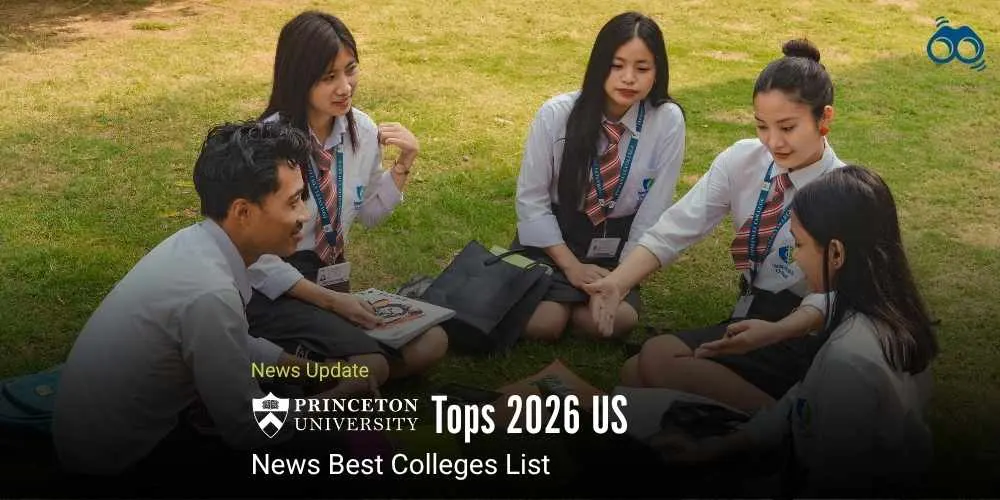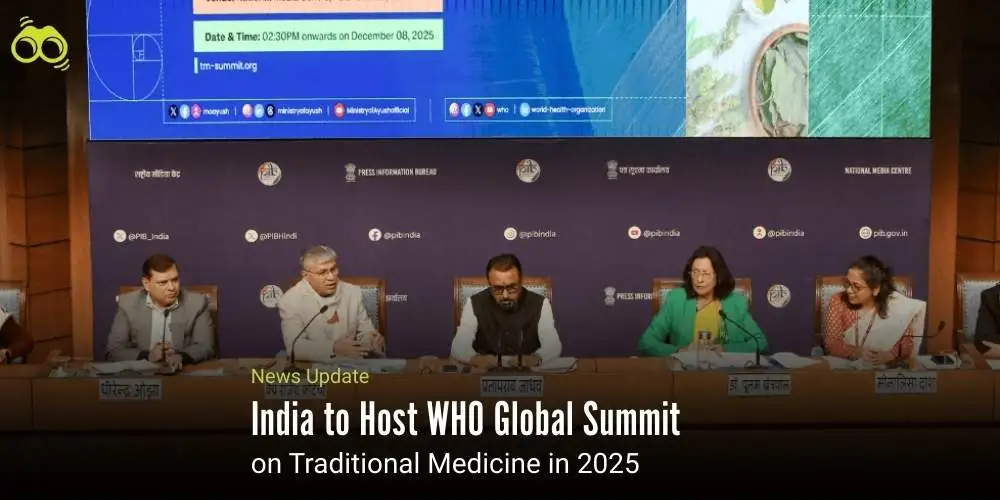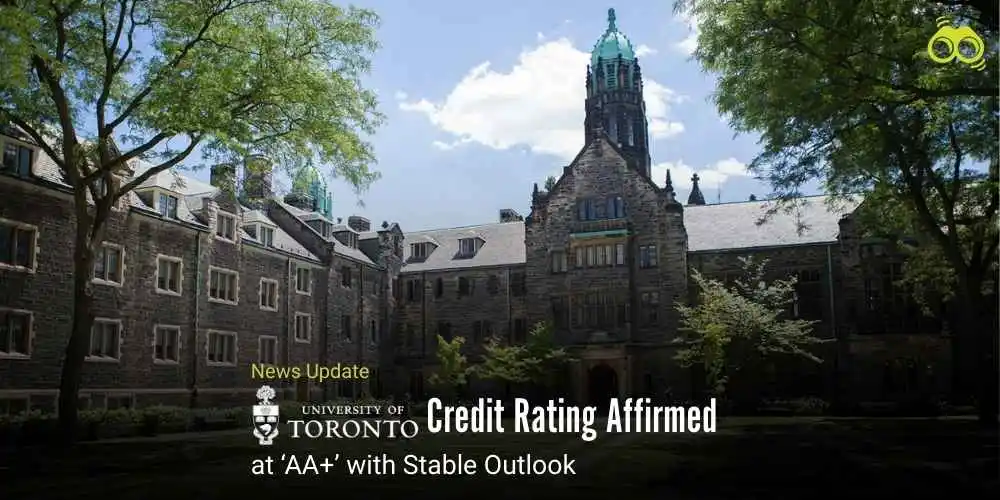US News & World Report 2026: Princeton, MIT, Harvard Lead in Graduate Employability and Innovation
American Higher Education Sets Global Benchmark in US News 2026 Best Colleges Rankings
The international strength of higher education by American universities is reaffirmed in the fresh ranking by U.S. News & World Report 2026. Holding its position at the first rank is Princeton University, and by the rankings, one other factor currently proving the U.S. the dominant force in academia is its schools. Established in 1746, Princeton is well known for its small, privately held classes, student-research activities among undergraduates, and stronger community life on campus. Entering the institute has a high tuition payment of USD 65,210 per year, gives really selective admission scores with rigorous academic competition for entry, and creates an ideal environment for learning. It does interdisciplinary research and sets its standard for producing graduates living fulfilled lives, regardless of their vocation, determined by their interests.
Massachusetts Institute of Technology, or MIT, ranks at a close second. Founded in 1861, it claims to integrate science, engineering, and entrepreneurship. In this place, students who pay a tuition fee amounting to USD 64,730 study—the institute has a total of 4,535 undergraduate students. MIT offers courses such as artificial intelligence, robotics, and climate science, which are fast becoming the impetus for progress nowadays. The graduates of the institution are the ones popularly said to be bringing better solutions to actual business, the real-world problems.
American universities again rank first, with Harvard University as an additional prestigious institute. Established in 1636 by the Puritans, today it is recognised for being steeped in history. It has 7,038 undergraduates, each paying tuition fees amounting to USD 64,796. The evidence in this prestige lends itself to its much wider variety of subjects, coupled with a good research life, as a way of helping its students pursue fields anywhere from medicine to business, politics, and art.
In fourth place, Stanford and Yale bring considerably complementary strengths. Stanford has made a pattern of its start-up spirit in what is now the Silicon Valley frontier for innovation. With 7,904 undergraduates and a tuition price of USD 68,544, the university encourages such habits of thought for innovation as creative thinking and risk-taking. Yale, on the other hand, has traditions and transformations on its horizon. Founded in 1701, Yale generally teaches liberal arts really well for USD 69,900, but, of late, is held in high esteem with regard to law, public policy, and the arts. The University of Chicago comes in at number six, primarily because of its focus on discussion and analysis. The Core Curriculum, which has 7,519 undergraduate students and charges USD 73,266 in tuition, combines intellectual independence with deep inquiry. The university has produced 49 prominent economists and 99 Nobel laureates.
Four prestigious universities are represented in the seventh position: Duke University, Johns Hopkins University, Northwestern University, and the University of Pennsylvania. Duke, which was founded in North Carolina, takes pride in its continuous advancements in public policy and biotechnology. Hopkins yields premier research on that steroid cycle and also battles public health. Northwestern stands at the gates, supported highly on the triad of arts, journalism, and engineering. At Penn, the university merges a liberal arts curriculum with professional education in law, business, and medicine.
Each university epitomises the world of American higher education as regards diversity and strength, while giving up-to-date schooling to today's young professionals, to prompt them to take leadership roles in the global setting. The outcome is that the 2026 rankings highlight once again how these institutions will keep directing the course of the future through an overwhelming majority of research excellence, world-class graduate employability, and strategic academic innovations.
Editor’s Note
The rankings by U.S. News & World Report again affirmed in 2026 how American universities dominate the world in the trade of higher education. They include, to mention a few exceptional universities, Princeton, MIT, Harvard, and Stanford, which have earned their respect and charm through a sustained commitment to research, strong interdisciplinary programmes, and student-centred learning environments. Their success rests squarely on high standards, great faculty support, and an innovative culture with global engagement. These institutions excel by seamlessly blending traditional and contemporary approaches. They serve as environments where students are educated, challenged, and supported, developing into future leaders. With a strong focus on innovation, problem-solving, and global partnerships, they establish the definitive standard for others to emulate. Universities globally, especially those in India, must respond to the urgent call for action. To meet the demands of global competition, institutions need to prioritise academic freedom, increase investments in research infrastructure, and forge stronger ties with industry. Equally vital is the development of inclusive learning environments and curricula that effectively address pressing global concerns.
Skoobuzz underlines that the dominance of the American model proves the potential realised when higher education institutions prioritise quality, relevance, and inspiration. It serves as a clear call for other institutions to progress continuously towards achievement and expansion.
FAQs
1. What is the US News & World Report 2026 Best Colleges ranking?
The US News & World Report 2026 Best Colleges ranking is a widely recognised evaluation of American universities based on academic excellence, research output, student outcomes, and global reputation. It highlights the top institutions shaping higher education and graduate success in the United States.
2. Which university ranked first in the 2026 US News rankings?
Princeton University retained its position as the top-ranked university in the United States. Known for its small class sizes, strong undergraduate research, and interdisciplinary learning, Princeton continues to lead in academic rigour and graduate outcomes.
3. How do these universities support graduate employability and innovation?
Top-ranked universities such as MIT, Stanford, and Johns Hopkins focus on real-world problem-solving, entrepreneurship, and cutting-edge research in fields like artificial intelligence, climate science, and biomedical engineering. Their graduates are highly sought after for their skills, adaptability, and global outlook.
4. What is the significance of interdisciplinary learning in these universities?
Universities like Princeton and Harvard emphasise interdisciplinary education, allowing students to explore multiple fields and develop critical thinking. This approach enhances graduate employability, fosters innovation, and prepares students for leadership roles across industries.
5. Why are American universities considered global leaders in higher education?
American universities combine tradition with forward-thinking strategies. They invest heavily in research, maintain strong industry links, and offer inclusive learning environments. The 2026 rankings reflect their continued influence in shaping global education, innovation, and student success.














0 Comments (Please Login To Continue)